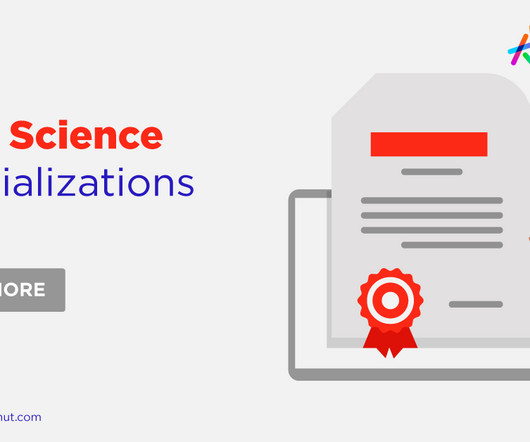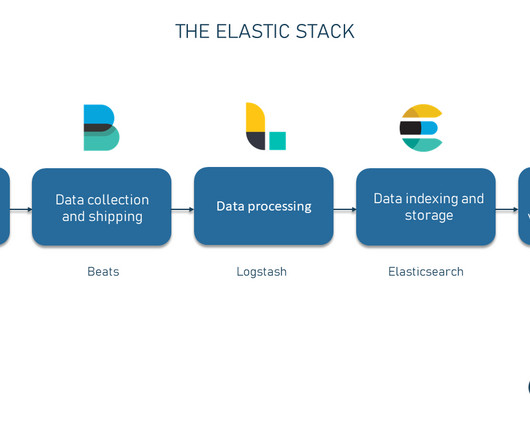Data Collection for Machine Learning: Steps, Methods, and Best Practices
AltexSoft
JUNE 26, 2023
While today’s world abounds with data, gathering valuable information presents a lot of organizational and technical challenges, which we are going to address in this article. We’ll particularly explore data collection approaches and tools for analytics and machine learning projects. What is data collection?












Let's personalize your content